Apple showed its iOS 16 in June at WWDC22. Its direct alternative is Android 13, which Google has already officially released for its Pixel phones and other companies are introducing it only very tepidly. By the end of October, this should also be the case with Samsung, which will "bend" it in its own image, with clear inspiration from Apple.
You won't find pure Android on many devices. These are, of course, Google Pixels, Motorola is also praised for this step, but other manufacturers use their superstructures. On the one hand, this is good, because it differentiates the device, gives it new options and functions, and it also means that a phone from a given manufacturer is clearly different from a phone from another manufacturer. However, these superstructures can show numerous errors, which also need to be extinguished after their release.
Official introduction of One UI 5.0
For a few years now, Samsung has been betting on its superstructure, which it named One UI. The current flagship, i.e. the Galaxy S22 phones, runs One UI 4.1, the folding devices run One UI 4.1.1, and together with Android 13, One UI 5.0 will come, which not only these series will receive, but also other phones from the manufacturer that are eligible for the update. Let's just add that Samsung is now pursuing a strategy of 4 years of system updates and 5 years of security updates, thus providing longer support than Google itself, which only guarantees 3 Android updates. The company then officially announced the new superstructure only now as part of the Samsung Developer Conference 2022 event.
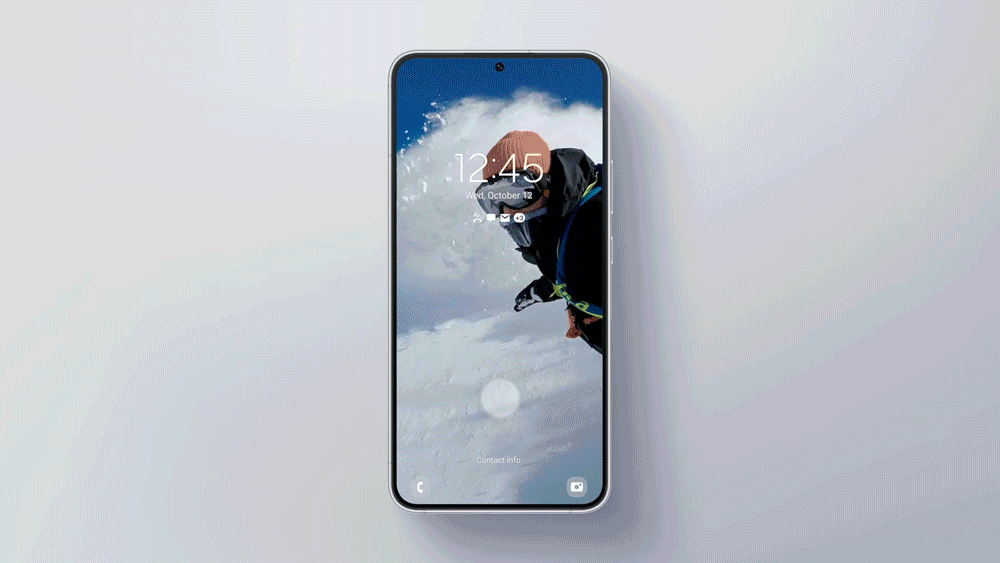
Just as Apple tests its iOS, Google tests Android and individual manufacturers test their superstructure. Samsung already made the One UI 5.0 beta available during the holidays, which, together with Android 13, should arrive on the Galaxy S22 models this month, other devices will follow and it is clear that the updates will last until next year. In any case, news for supported phones is not only brought by Google in Android, but also by the given manufacturer in its superstructure. And what Google doesn't copy from Apple, they copy. And this is also the case with Samsung and its One UI.
It could be interest you
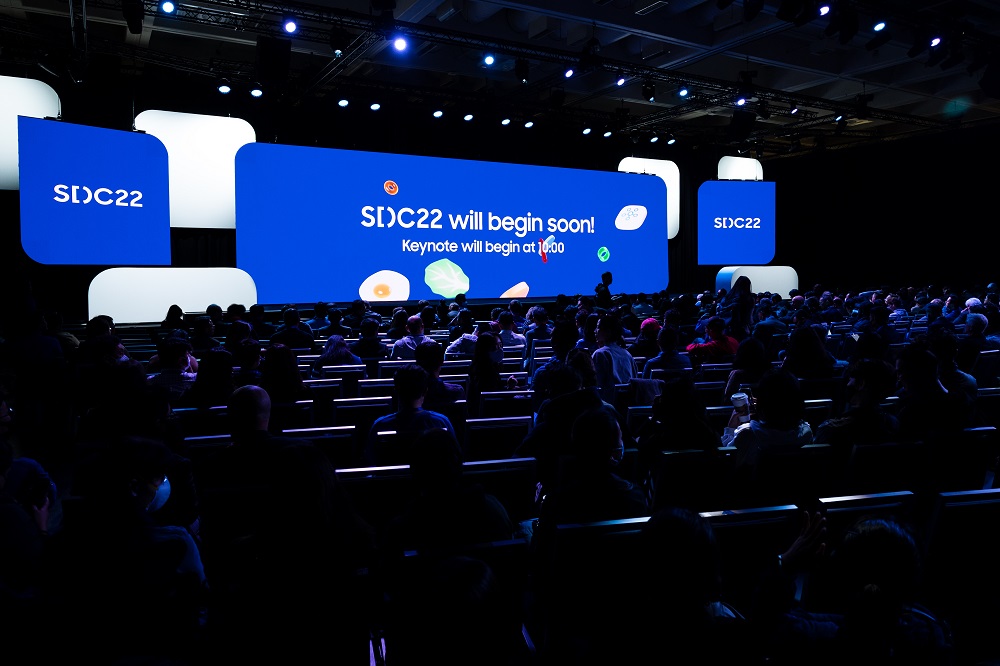
When two do the same thing, it is not the same thing
With iOS 16, Apple brought a greater degree of personalizationnalization of the lock screen, which some like, others less, but it is clear that it is really effective. The iPhone 14 Pro also got an Always On display, which benefits from this locked screen and shows it to you all the time. But this Always On is widely criticized for how Apple misunderstood it. Samsung has already had Always On for years, so now it comes with at least a redesigned lock screen, following Apple's example - with the ability to determine the font style and a clear emphasis on the wallpaper.
iPhones can now change the lock screen according to your focus mode, and yes, Samsung is copying that too. Lest we forget, Samsung's widgets are also being changed to look more like iOS 16 and it's quite embarrassing. If someone wants a device that looks like an iPhone with iOS, they should buy an iPhone with iOS, but why they want a Samsung with Android that looks like an iPhone with iOS is quite a mystery. But it is true that locked Samsung phones with One UI 5.0 will have the ability to play video, similar to how it was in iPhones until iOS 15, and with iOS 16 Apple removed this option.
It could be interest you
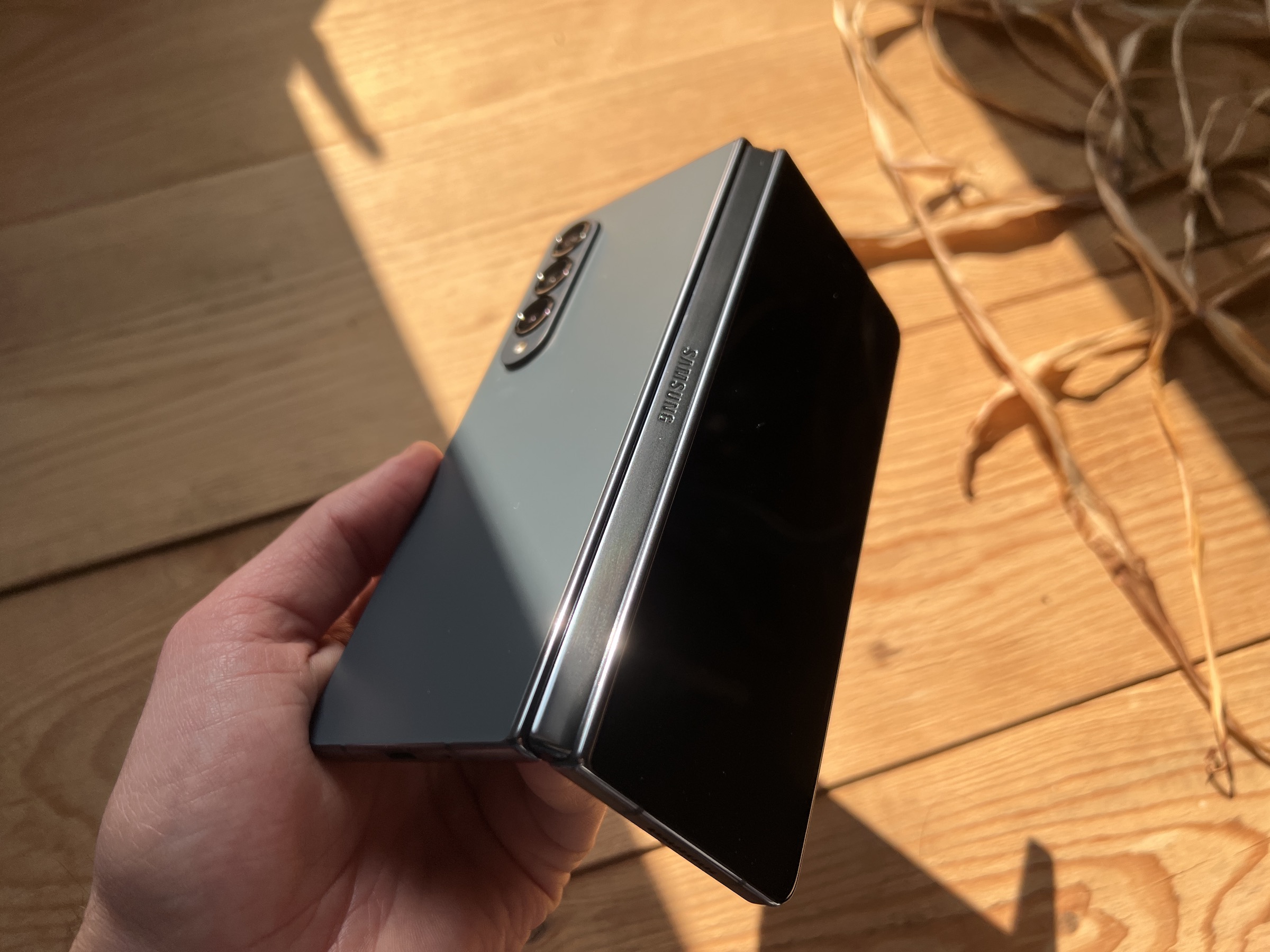
Even if Apple's presentation of Always On is questionable after all, it has a clear idea. However, how Samsung's ideal and usable always-on display in combination with the new lock screen will look in practice is still a question, and it is reasonable to fear that it may not be completely successful.









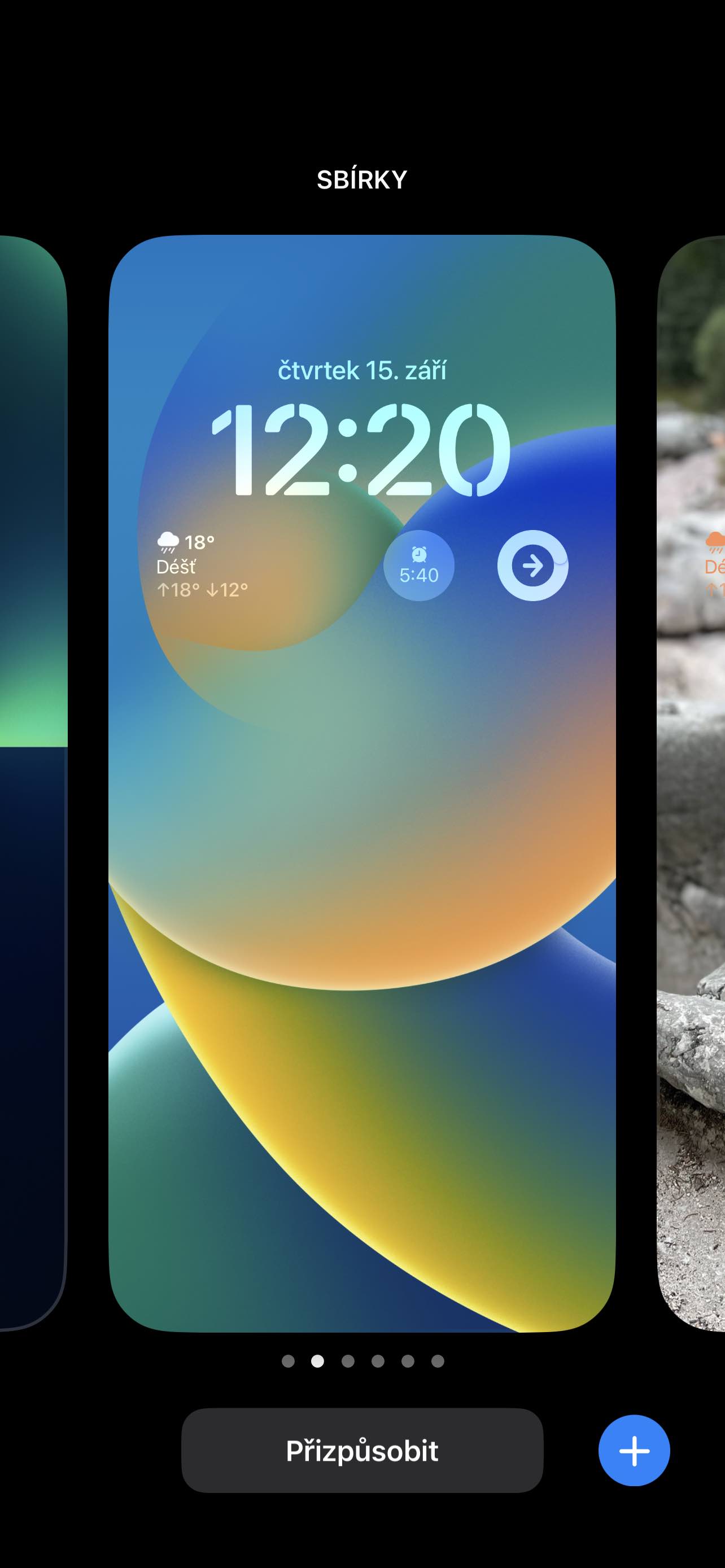
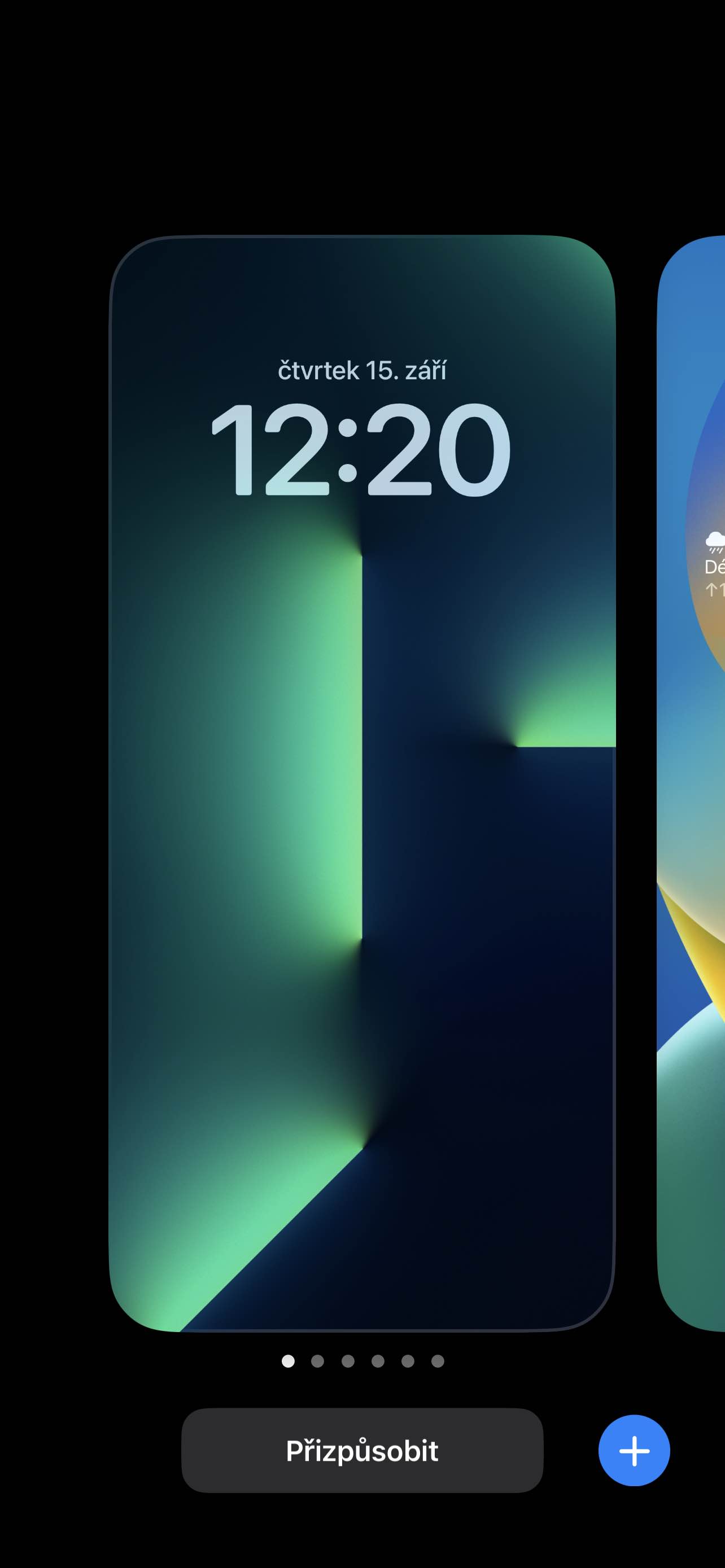

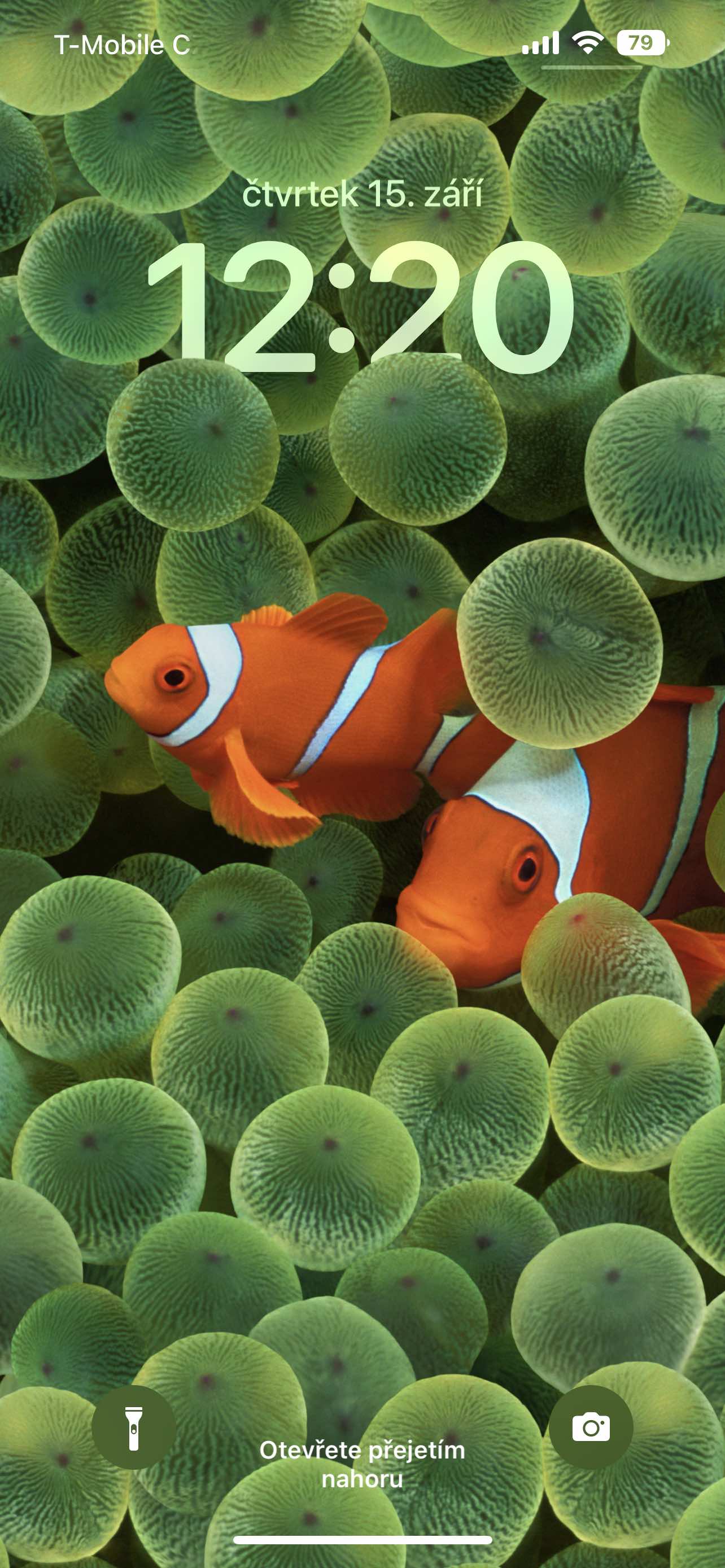
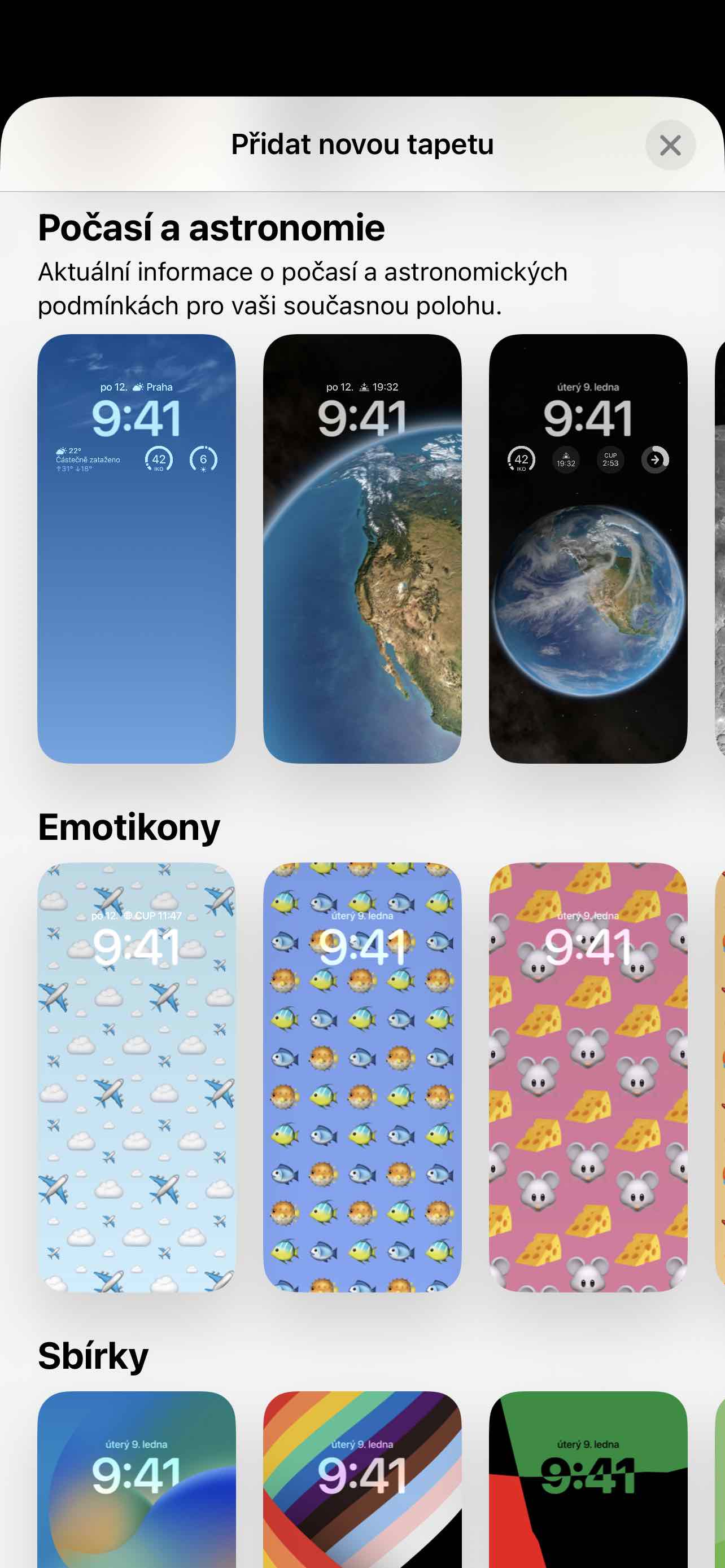

 Samsung Magazine
Samsung Magazine 

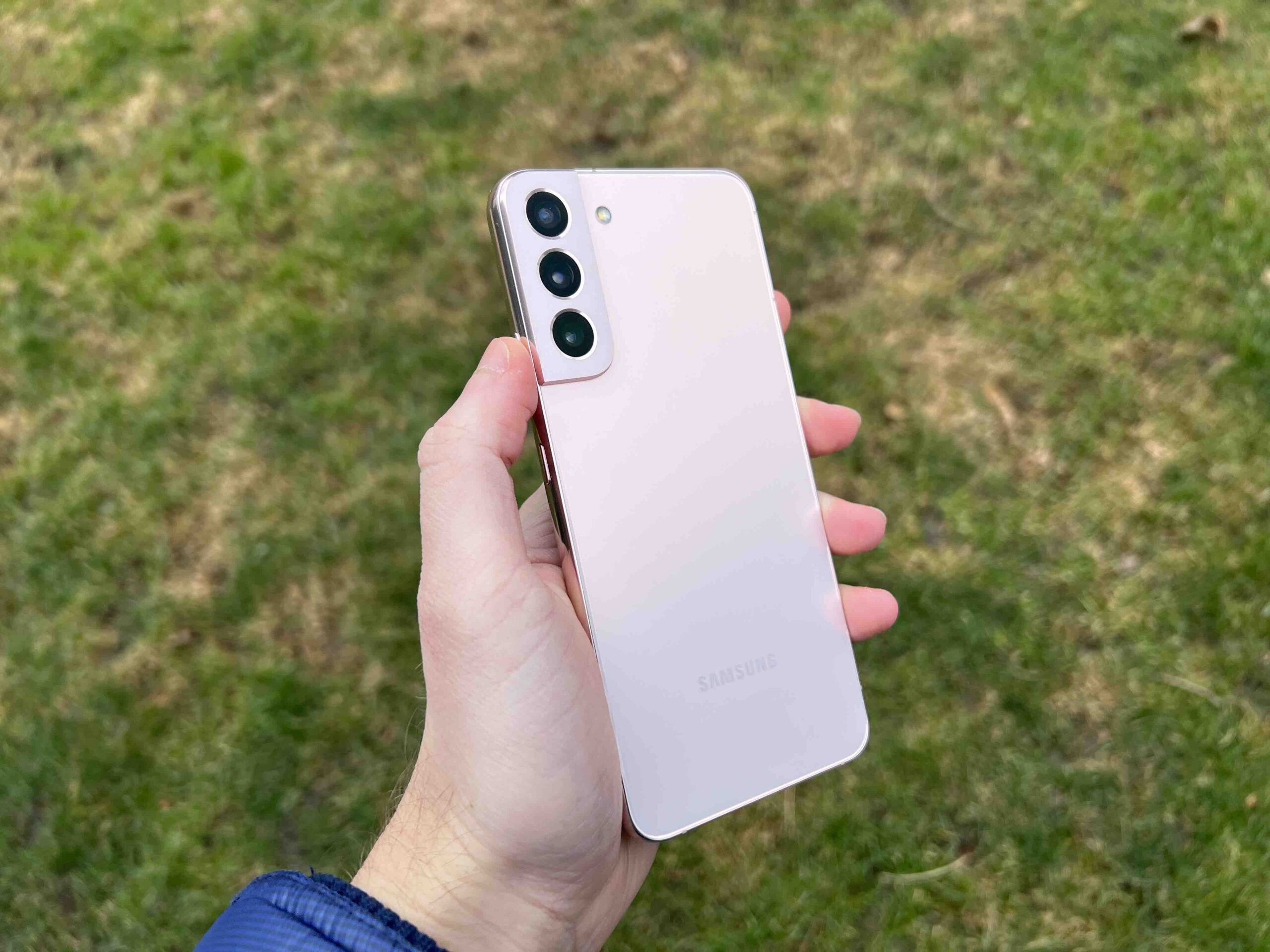
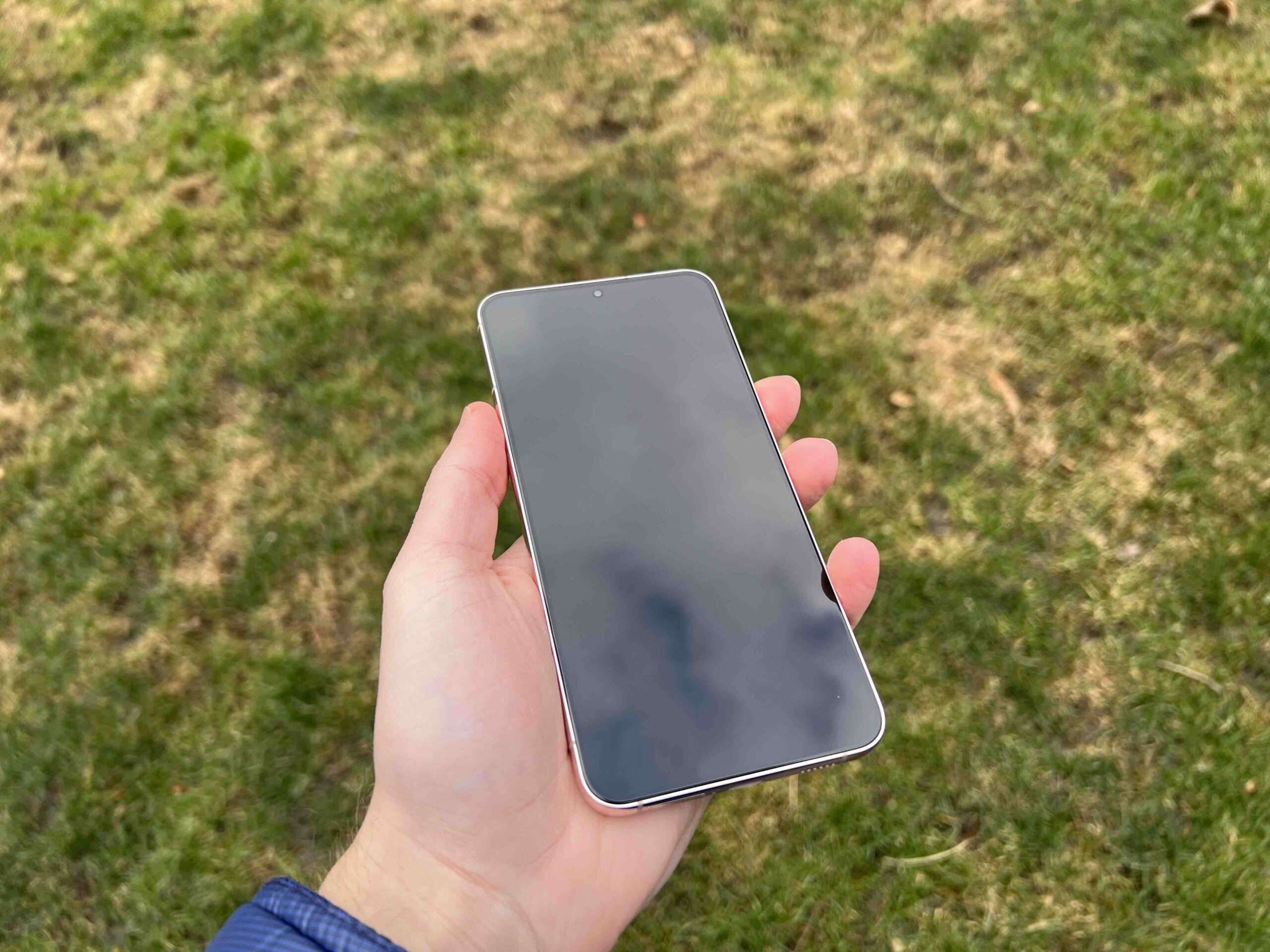

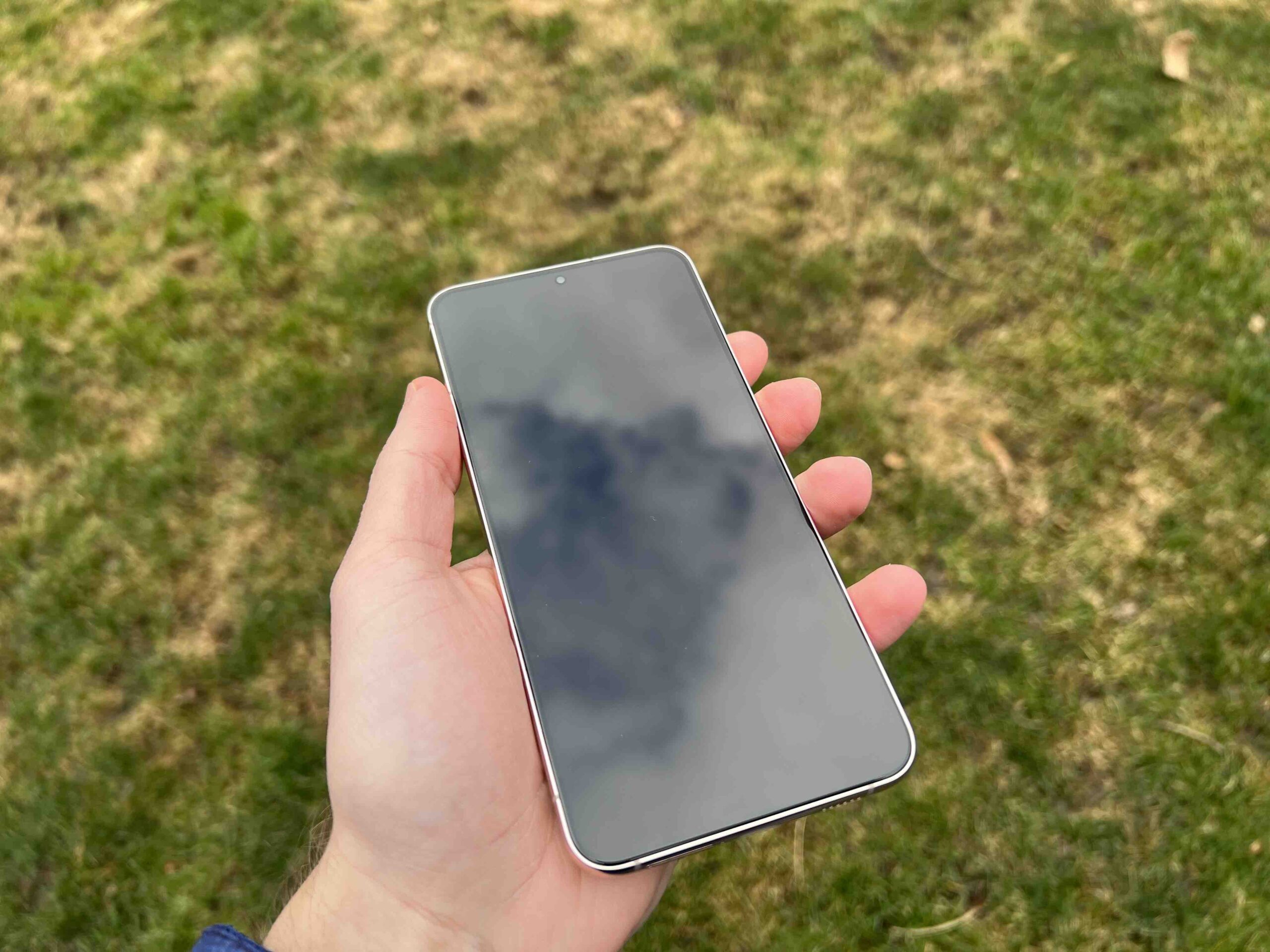
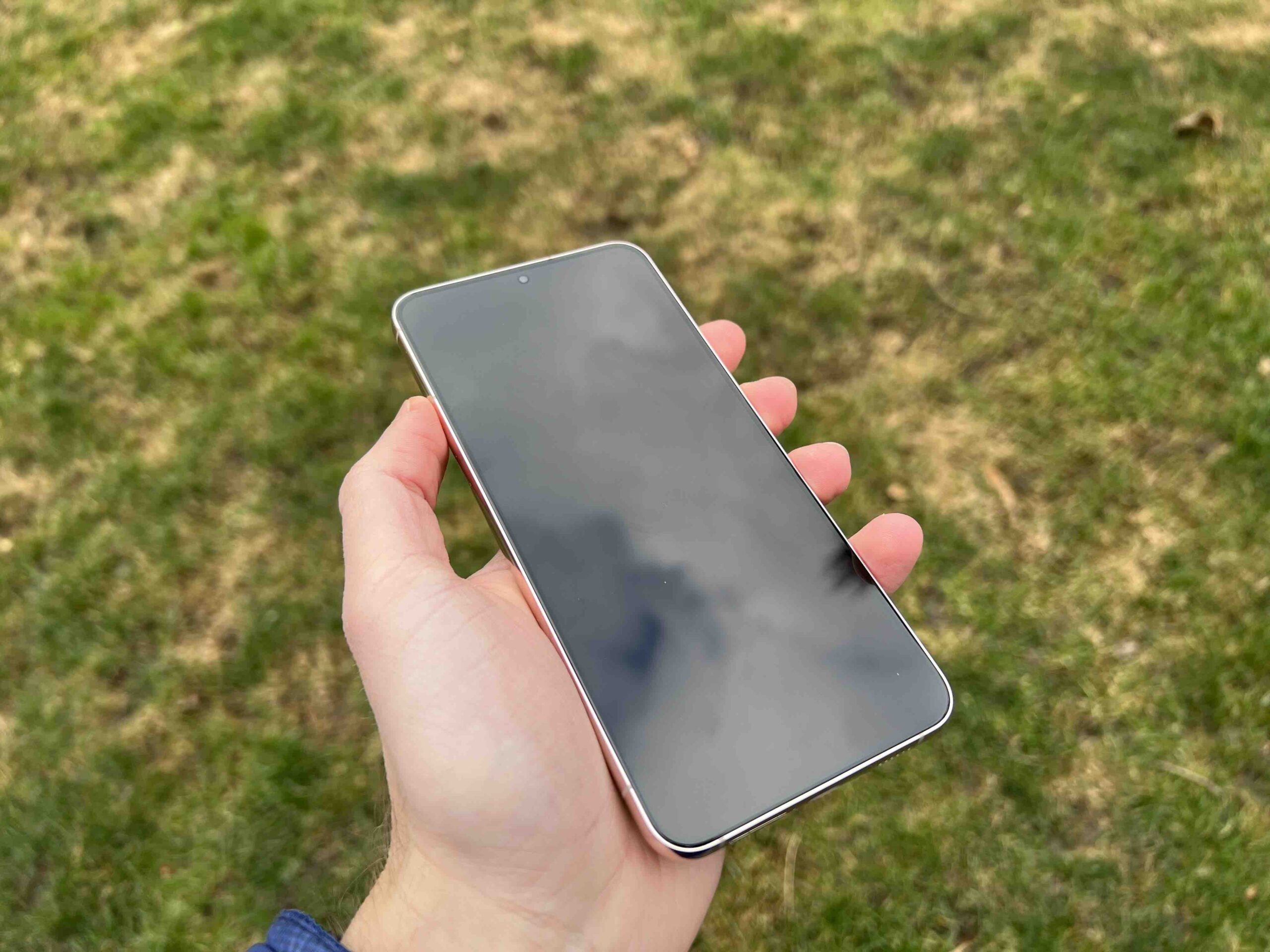
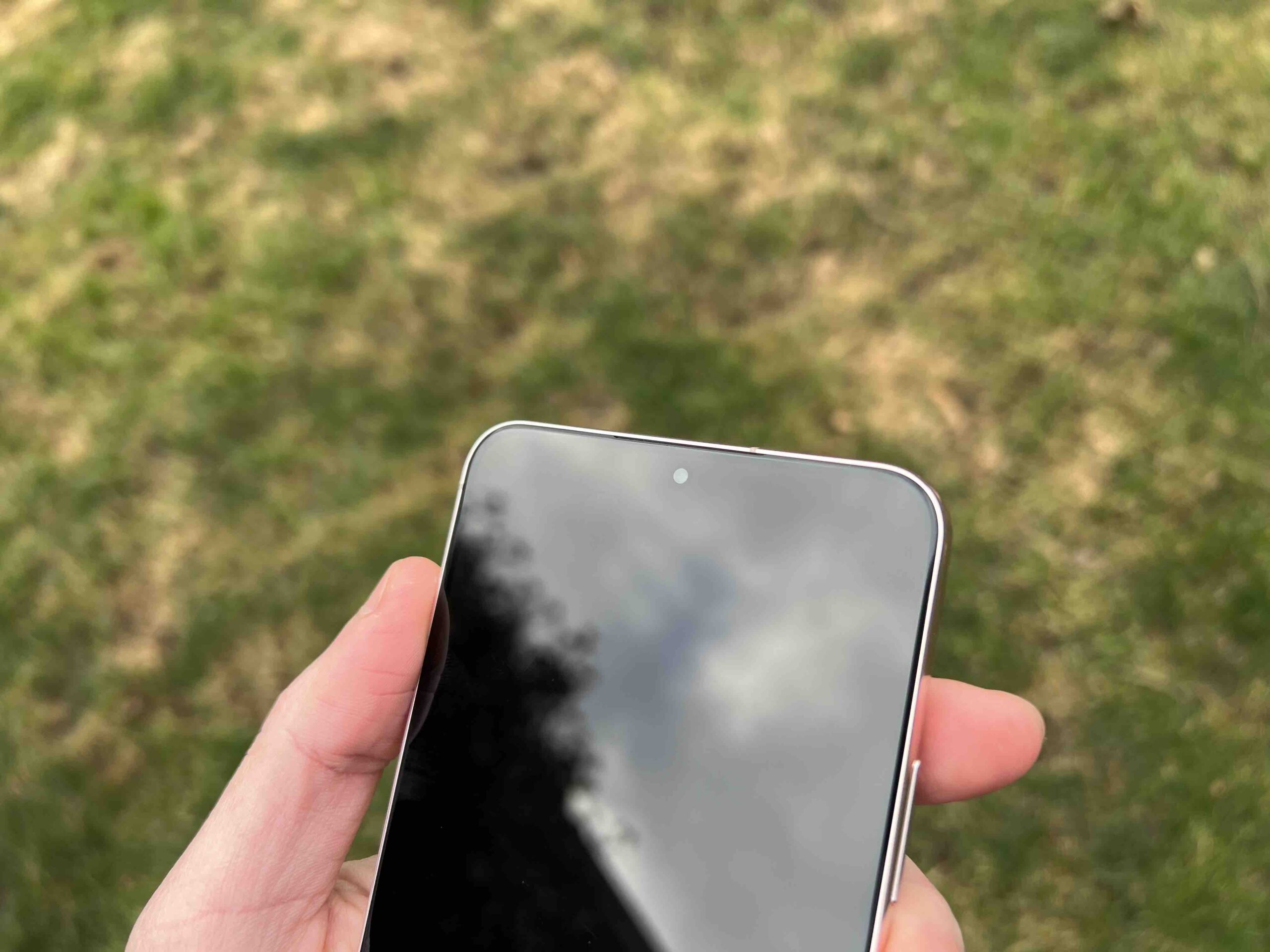
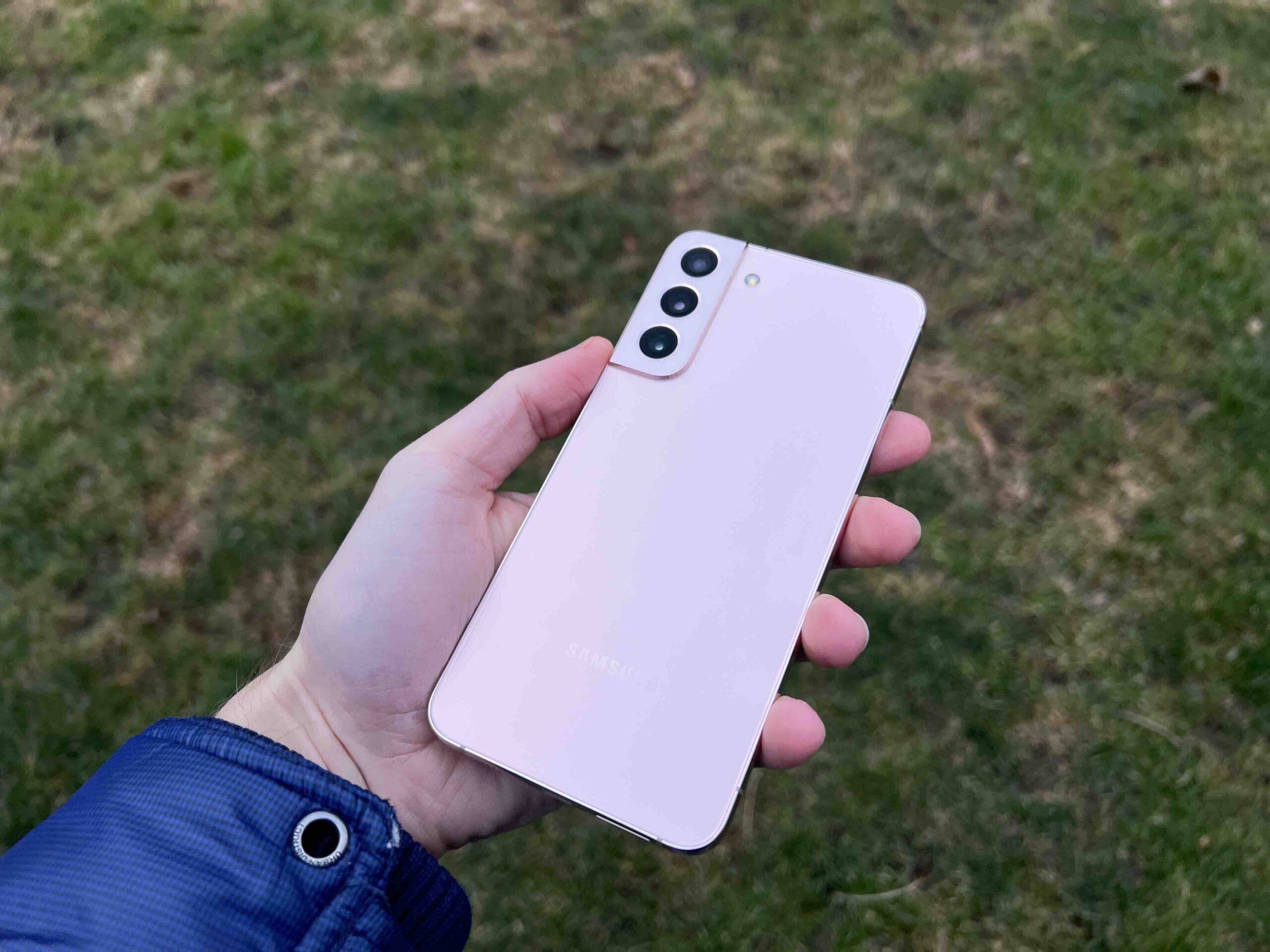
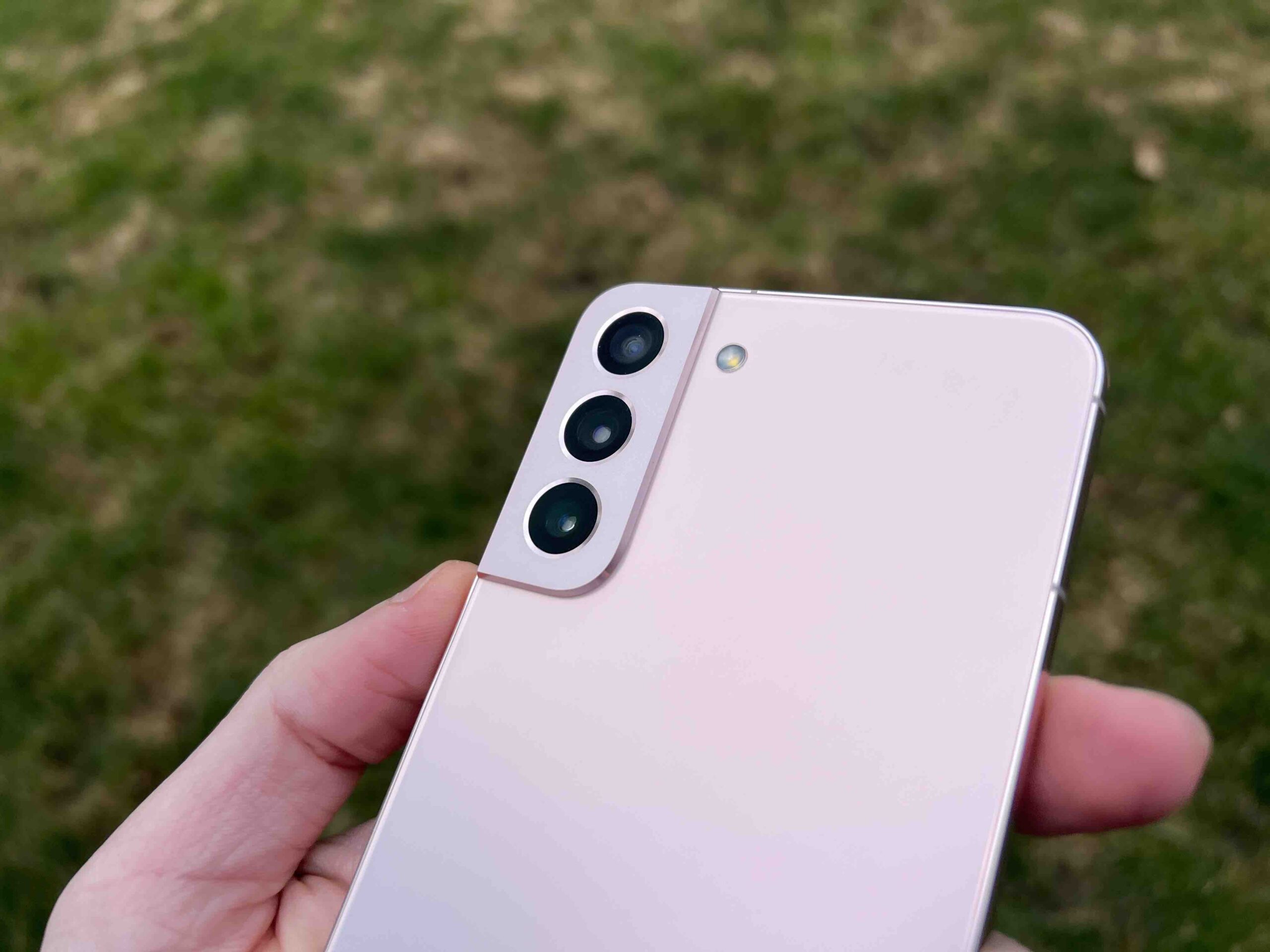
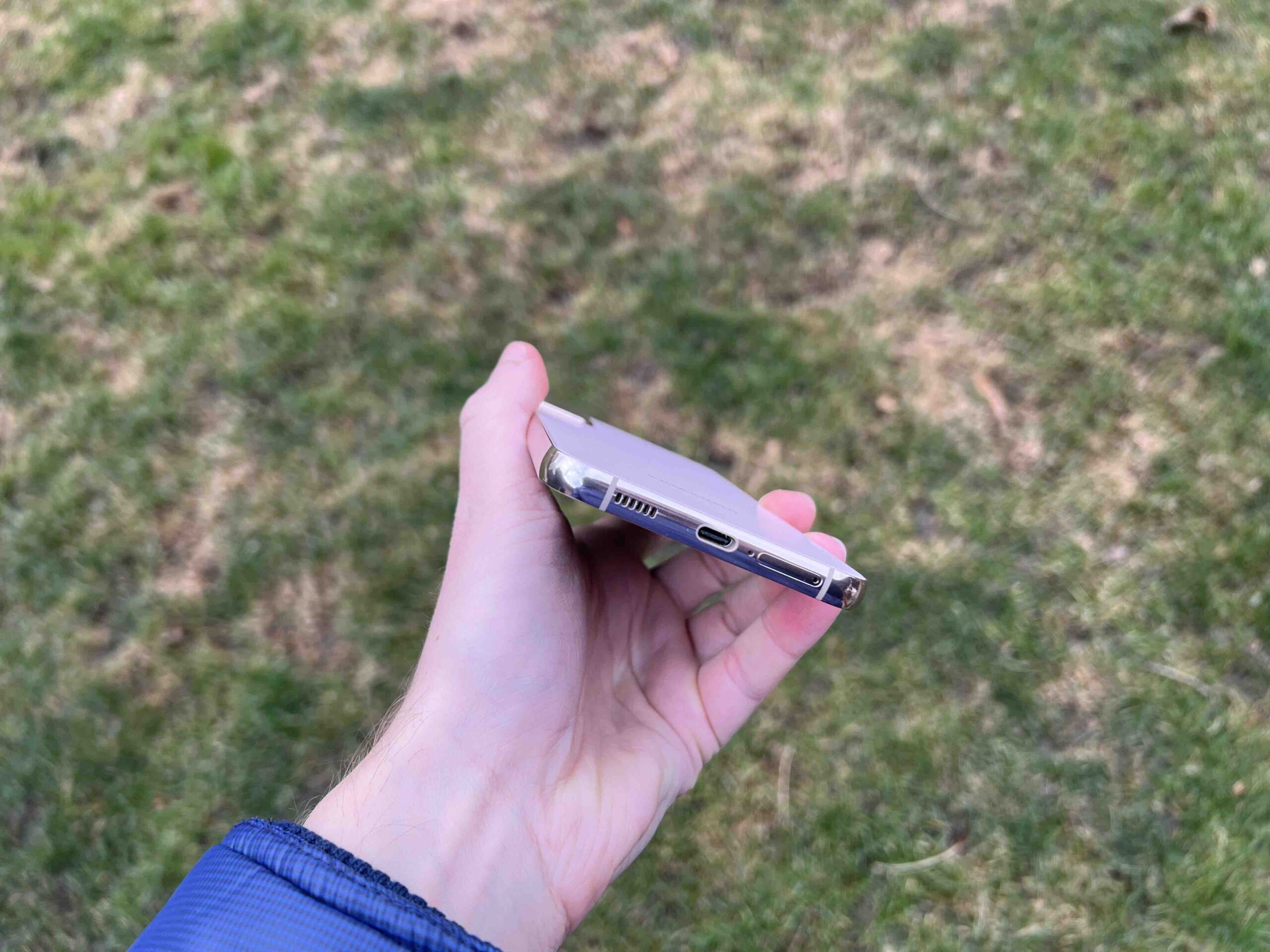

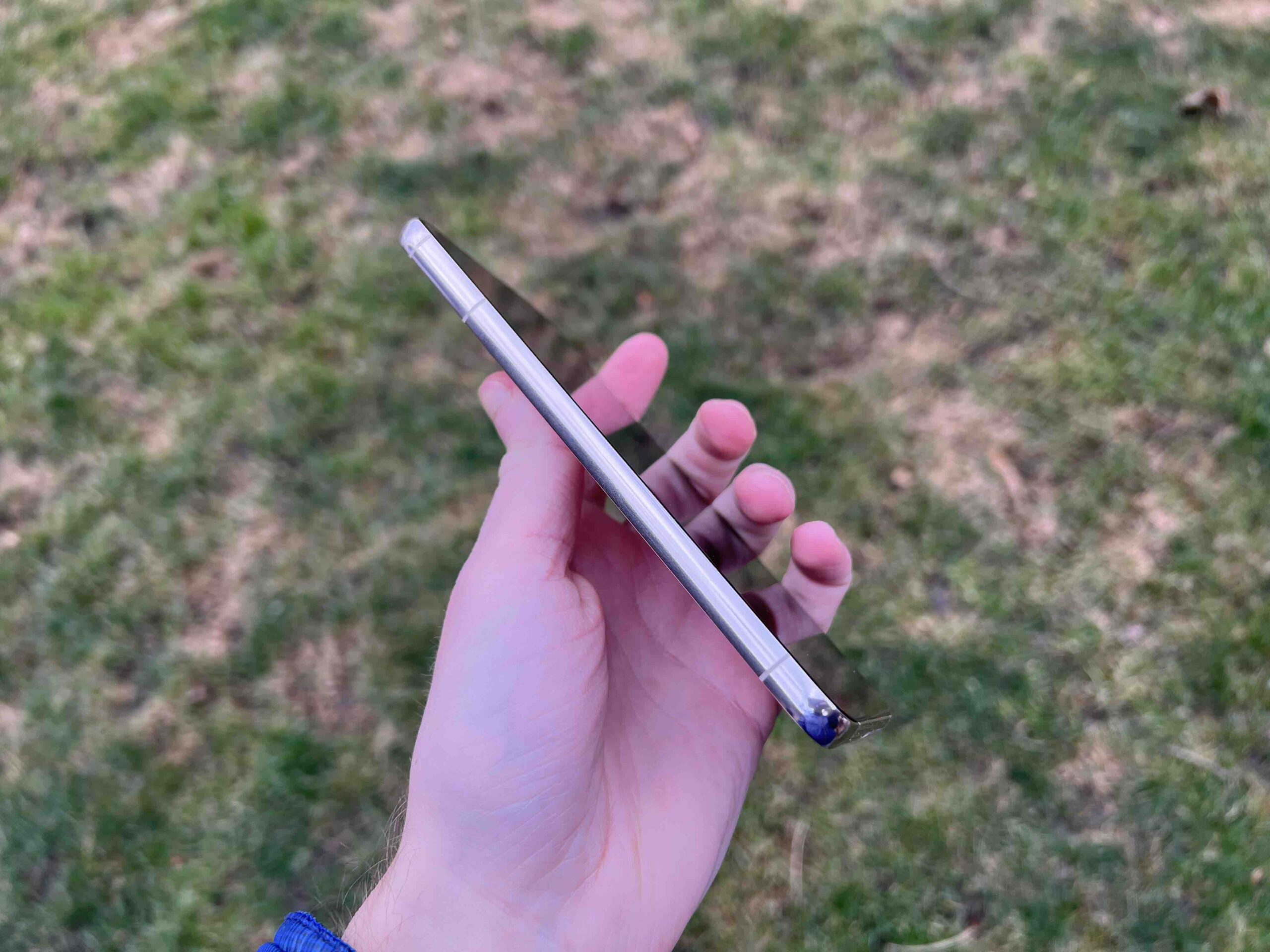
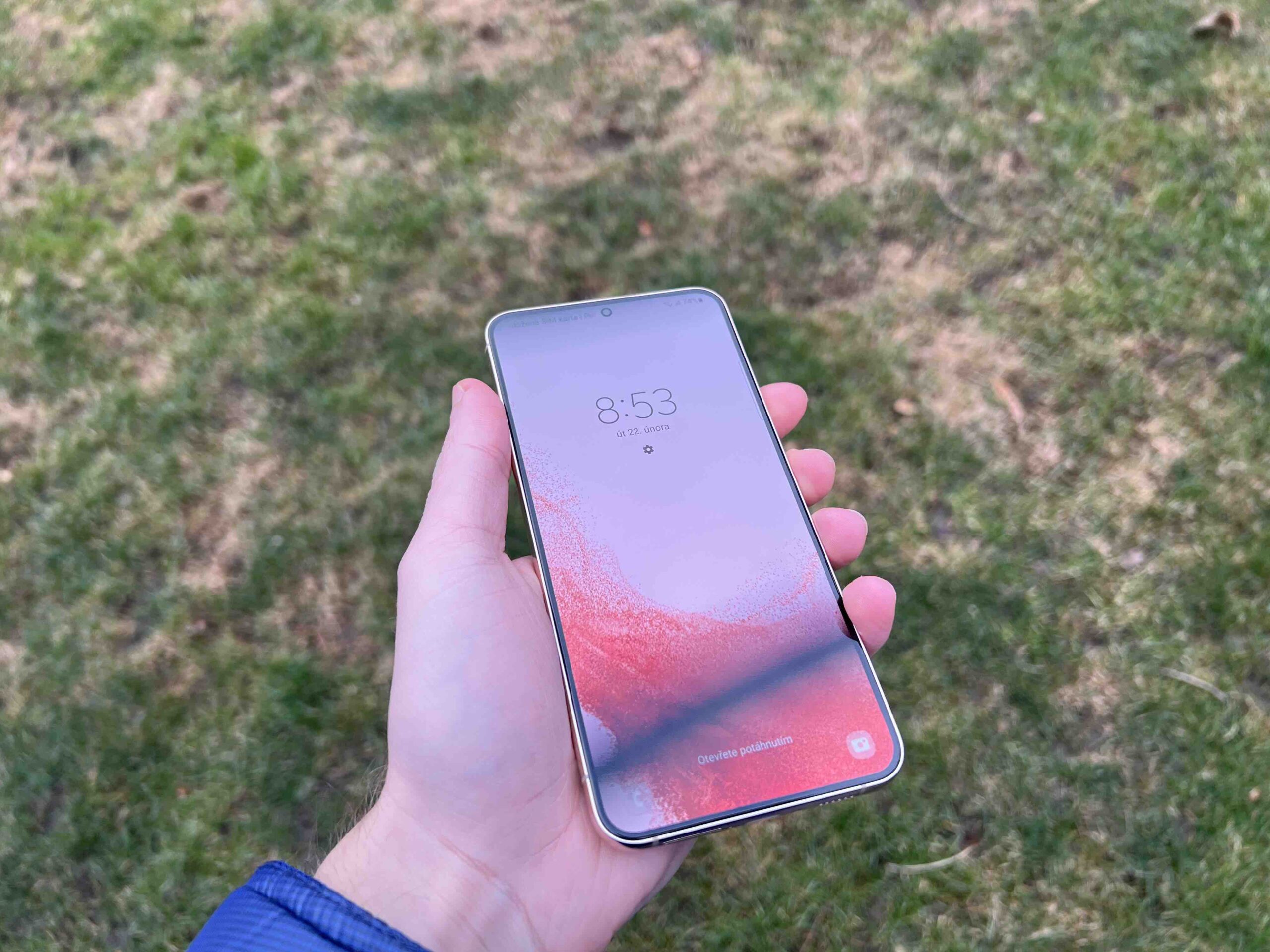
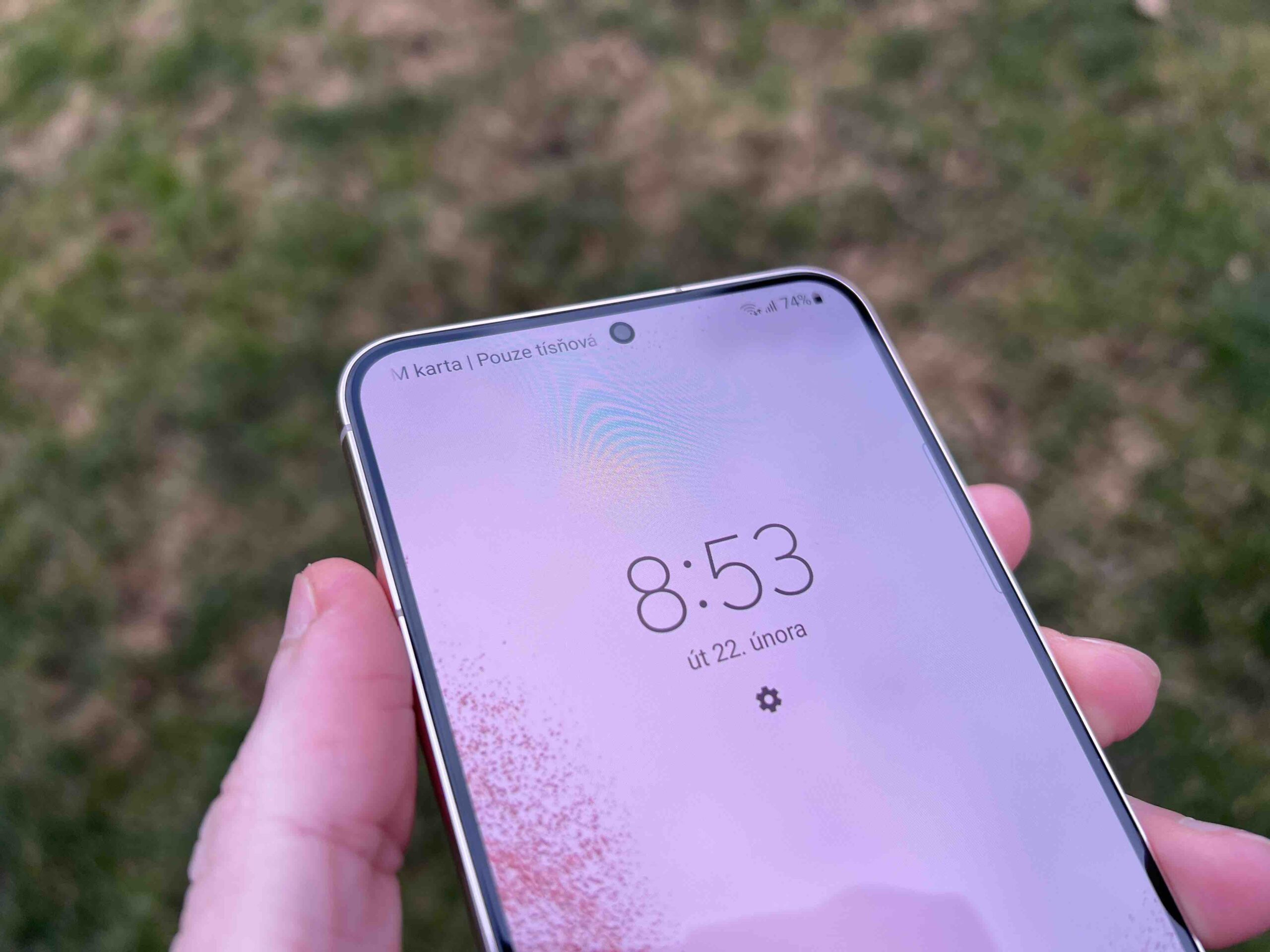

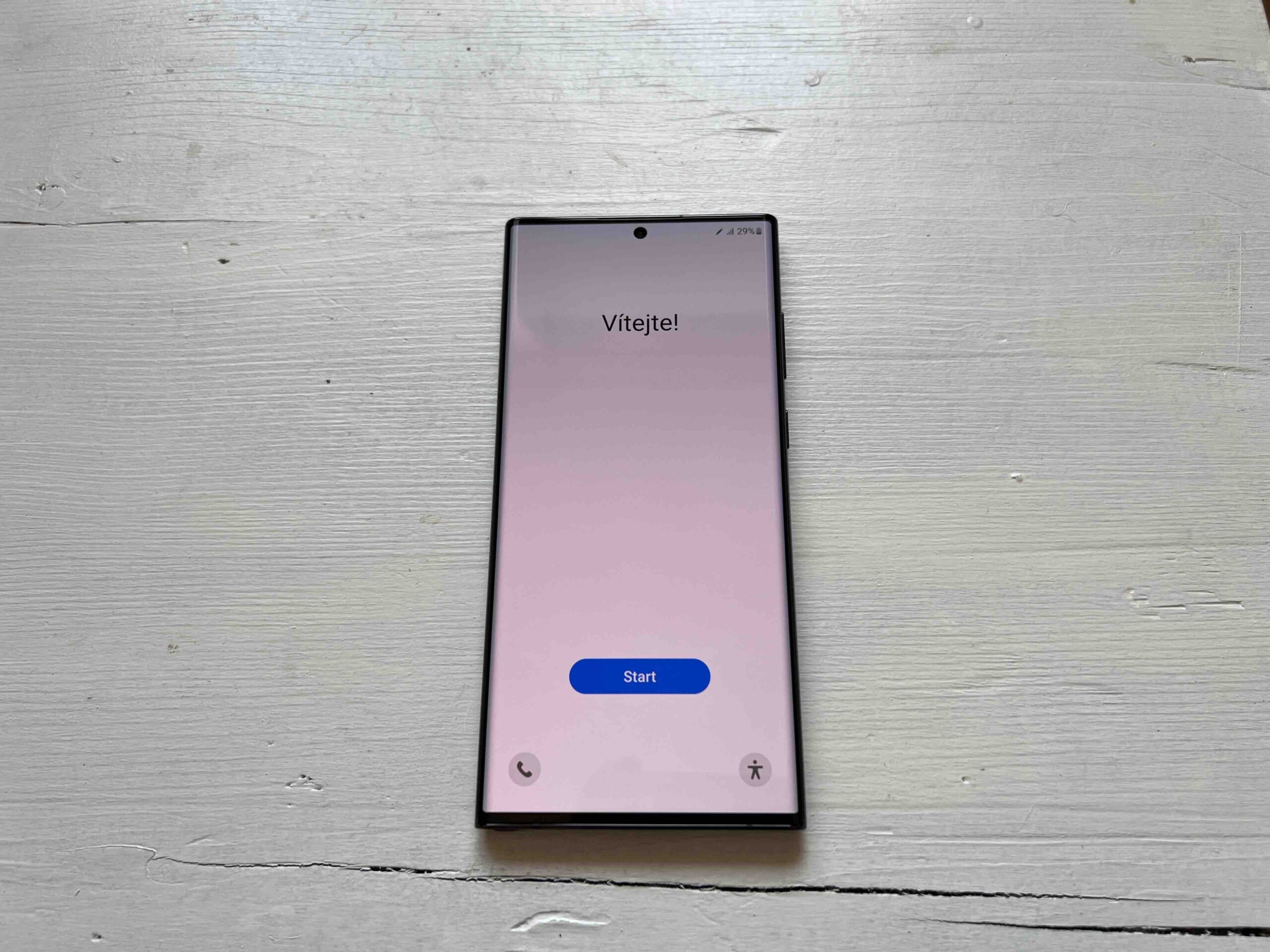

 Adam Kos
Adam Kos
I personally switched from iOS to Android because I didn't like the lack of freedom. Of course, on the other hand, I liked the look and a lot of the features on iOS, so I'm very happy to welcome them to my phone. Of course, I don't want to disparage Apple products, they are great products, but they just didn't suit me.
iOS still doesn't match Android in personalization. Widgets What is on the iPhone can hardly be called widgets. I've never used a lock screen and I don't understand what it's for. Why do I still have to swipe up after unlocking and I can't even set it differently. Desktop speed dial contact substitute? 15 minutes of setup. Catastrophe. On Android, you can always swipe up to the right to take a step back, in any situation. On iOS, the step back is different every time. The setting still remembers the position even after closing. Why? Every shortcut reports that I used it. After all, I can see it... Face ID, camera, haptics are great, and I think Siri is more capable than Google. The hardware is excellent, but the iOS is appalling and unintuitive. Android still has a long way to go...
So this article must have been written by a total complex desperado... Just hate and it's actually about nothing at all... That Samsung is stealing iOS? What?! That's interesting... So Android is actually copying iOS... Just read the next article on this page... It's about features that Apple fans would like, but the author doesn't write anymore that these are all very old Android features... So why would someone he bought an iPhone when he wants the features that every Android mobile has in the price range from 3000 to almost 50000 and he could still choose according to his preferences, what he wants cameras, performance, etc... With an iPhone you get 2 mobiles in 2 diagonals and nothing more to choose you can't…
Well, someone already wrote it here, an article from a complex despair...
Come on 😂 so that people who think that Apple has a patent for the black rectangle don't think that someone isn't stealing them 😂
Well, I don't know, Samsung has had an app to customize the lock screen since 2018...
Hi, for me personally, it would take something from iOS and something from Android and make one system that would rule them all 😂😂😂. Apple is no longer very innovative, it stopped when it started making versions with the ip4/ip4s esk. The battle between iOS and Android is a battle without a winner and without a loser, and the one who blindly says that his system is the winner, so it is…….🤠
The idiot who writes here about copying so where did Apple get the trumpet widget is clear to me that he has a broken iPhone in his pocket.
Probably the properly disabled individual who wrote this 🤣 actually writes that Samsung had this software technology, Apple copied it, but because Samsung made an update for it, Samsung is actually copying it, see always on a wigety, changing the lock screen. Even the cutout in the screen for the camera still had a note and apple makes a miracle out of it.
Really desperate article, remember that samsung had all the mentioned features a few years before ios 16. You think you will buy a phone for 50k, its real value is 20k and the phone still trumps samsung or xiaomi mid-range.
Jojo classic apple found out that there is nothing new in the new models, so it's time to really lean on the others....
Someone here has a little dick and needs to vent his anger :D
Copying? But brat…
What do you need to know about this topic? Maybe then you would come to the conclusion that the opposite is actually the case
Who cares wtf.. a guy who hates android xd so you're mental.. you better find out what it's like and not screw yourself up..
Oh yes, another complicated guy who has an iPhone in a cover with a round cut-out for the logo so that everyone knows who they have the honor with, as far as copying is concerned, it's a bit the other way around, so I think always on display has been on Android for many years, as far as personalization is concerned, it's on iOS it doesn't reach the ankles, let alone the widgets, I remember reading or translating from the camera or the refresh rate at 1hz when not in use. Even the innovative photographing of the ear with headphones I did with Sony 3 years ago, I'm not criticizing ios, I'd just count to 10 next time before you write something again, and I'll write again that ios is copying everyone else when they allowed you to connect to a tablet 2 years ago USB flash drive :-) it actually started a long time ago when apple borrowed a mouse and cursor from xerox
S22 update arrived yesterday